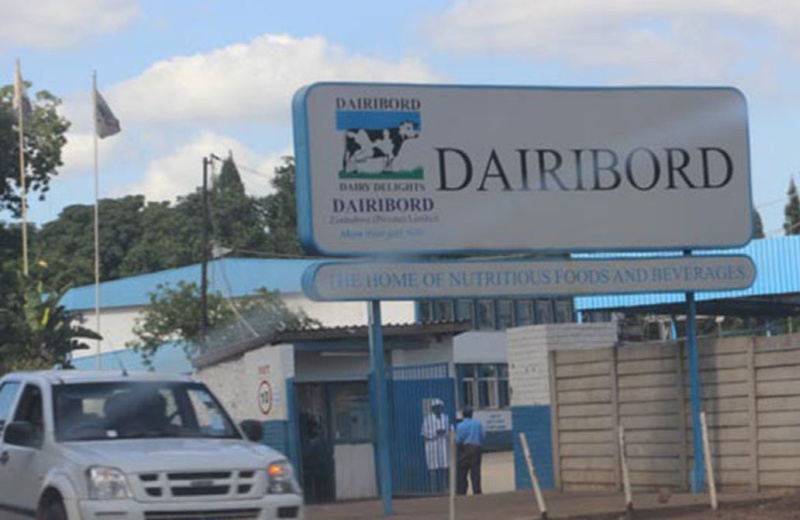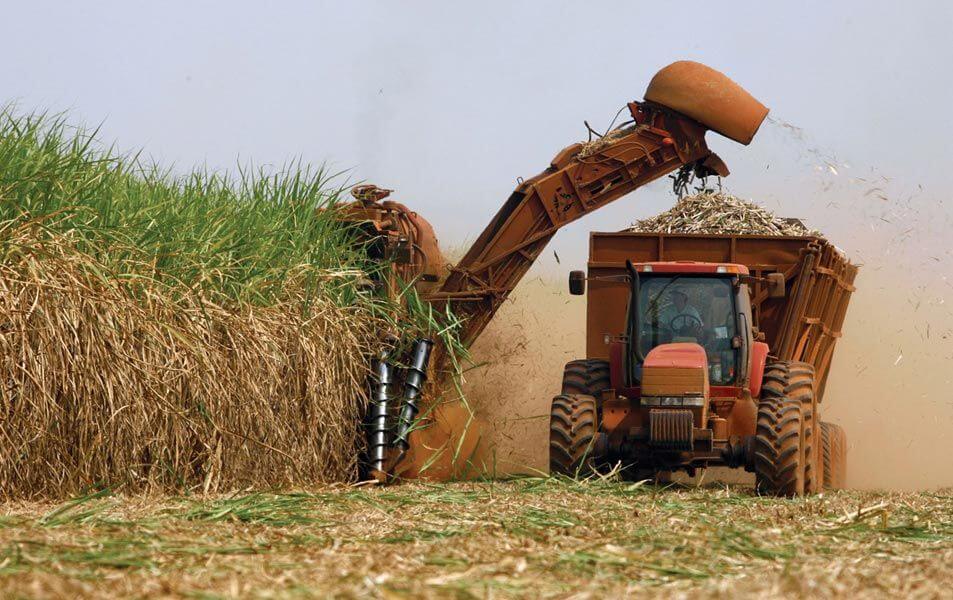Hippo Valley half-year revenue defies production fall
Sugar processor Hippo Valley Estates recorded a 76 percent jump in revenue to $452,2 billion for the half year to September 30, despite a decrease in sugar production.
The revenue increase was also in line with local inflation and higher net realisations from exports.
Operating profit increased by 244 percent to $170 billion compared to $49,5 billion recorded during the same period last year as a result of higher revenue and a favourable movement in the fair value of biological assets.
Adjusted EBITDA, which excludes the distortion from non-cash movements in the fair value of biological assets, increased by 51 percent to $135,7 billion.
According to the group, the effective tax rate was 23,3 percent and was impacted by the net monetary gain of $24,4 billion, which is a permanent difference for income tax purposes.
Overall, profit for the period increased to $140 billion from $19,9 billion recorded during the same period last year.
During the period under review, operating cash flows, after interest, tax and working capital changes decreased by $83,6 billion to a negative $67,8 billion
“The major reason for the operating cash outflow was the high levels of sugar stocks brought about by competition from imported sugar, which was worsened by the early payment for the cane component of the sugar,” said chief executive officer Aiden Mhere in a performance update for the period under review.
The group spent a total of $14,2 billion on capital programmes, of which $9,2 billion was spent on replanting cane roots.
By the close of the period, Hippo had net borrowings of $51,5 billion compared to $5,7 billion at September 30, 2022.
“The company has established borrowing facilities in both local and foreign currency to finance its operating and capital expenditure requirements, but with the reintroduction of the cane purchase agreements, these facilities have been stretched over the current season’s peak working capital requirements.
“Consequently, in addition to utilising the available borrowing facilities, the company has had to defer payments to suppliers in order to manage liquidity,” said Mr Mhere.
In terms of operations, cane harvested from the company’s plantations was 12 percent lower than that reported for the prior period, resulting from an 8 percent drop in yields to 98,9 tonnes cane per hectare.
Cane deliveries from private farmers were 9 percent below the prior period, largely on account of the late finalisation of the cane supply contractual agreements.
Overall, sugar production trailed the prior year by 7 percent due to the reduced volume of cane crushed and decreased mill time efficiencies, with “lost time available” (a measure of plant reliability) increasing to 14,7 percent following low cane throughput in the early weeks of the milling season.
However, sugar production benefited from good cane quality, which contributed to an improved cane to sugar ratio, which basically represents the tonnes of cane required to be crushed to produce one tonne of raw sugar.
Overall industry sugar went down 4 percent.
Despite the predicted El Nino weather pattern Hippo Valley has secured irrigation water cover for approximately two seasons (at normal levels of irrigation) within the current water supply dams.
Additionally, the company continues to cushion its working capital from the potential impact of liquidity constraints and currency distortions through both local and foreign currency borrowing facilities with reputable financial institutions.
“Once the milling season is complete and payments for cane decline, the company expects it will be able to bring suppliers balances up to date and focus on reducing borrowing levels,” said Mr Mhere.-herald










